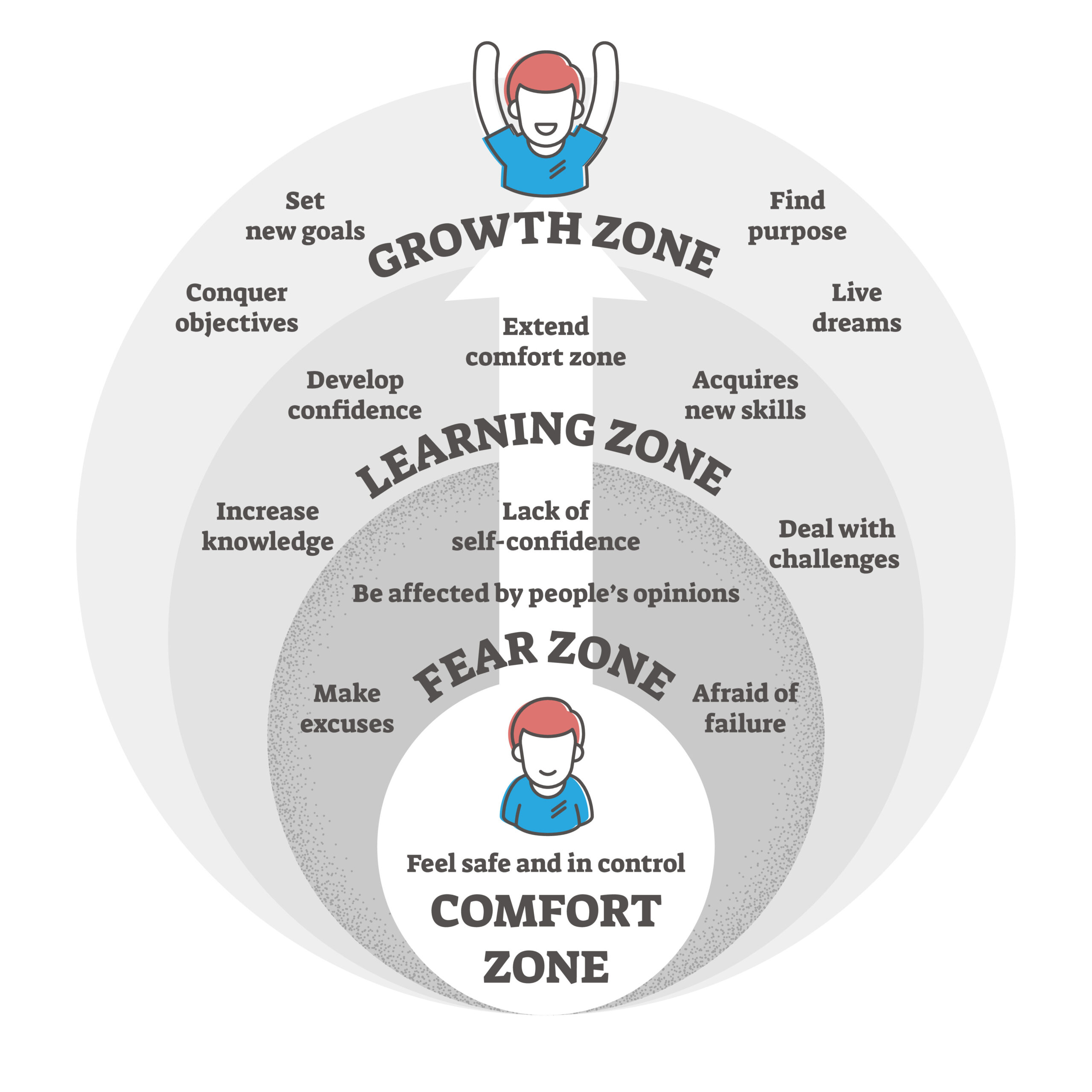It’s always intriguing. Have you ever thought it must be clear, yes, it must be so simple to see what needs to change in your organization… but you can’t work out where to start? Or do you see how almost everyone moans and complains about the current situation at meetings, workshops and similar events, but then carries on doing the same old thing?

Sometimes, the need for change isn’t clear. So we’d like to clarify things with a brief, very poignant example of the “fundamental dilemma” in a change process. It’s important to remember: change is not a kind of objective event or process. Even when change is sometimes referred to as a kind of independent process in practice, something that somehow has to be ticked off a list in addition to objective challenges. In actuality, change is a key human challenge. Change is made up of people, of us.
So it’s worth taking a look at this intrinsic human topic. To illustrate how deep “clinging onto the old” can go in us. As an example, let’s take a look at a typical burnout case. Extreme circumstances can make you recognize important knowledge and make important conclusions. You might know people that hammer away at the grindstone, going through life stressed, constantly working, always with new targets, no longer enjoying any peace and simply dragging themselves through their own lives in a constant state of exhaustion. You might think that this person should probably recognize what good could come of a change for him/herself. But they keep to the old patterns, even if these cause psychological or physical pain. The typical physical signs are psychosomatic pains, such as back pain. You can talk to people, and you might get a well-meaning nod, but you don’t actually see any change. It’s not uncommon for people to stick to old behavioral patterns until the “doctor” comes, sparking a rethink of this massive pain and suffering, facilitating some insight for the first time.
What does this unfortunate example have to do with changes within organizations? Why do we fundamentally cling onto the old? Why do we hate letting go?
When it comes to the example of burnout: our body, our system, has usually been hurtling towards this state for many years. The condition is perfectly organized. This “optimal state” (OpZ) is more or less vindicated. Burnout develops over many years, going through various phases until there is a rethink. This status becomes a long-term stress condition. It becomes chronic.

OpZ-problem no.1
Our body thinks this is normal! The same goes for organizations. Please remember: organizations are made up of people. What goes on in us also goes on (or doesn’t go on) in the organization!
OpZ-problem no.2
If someone wants to take away an OpZ from people or an organization, this sparks uncertainty and resistance. The system inside us wants to cling onto the old, and looks for ways out. Uncertainty, worry or even fear and resistance in turn become defense mechanisms that are supposed to defend the OpZ. Depending on the human’s internal structure, the following behavioral examples may be recognized in organizations:
- All meetings are immediately eaten up by every important and unimportant detail. People talk in great detail and at great length. Excellent time killers that can nip any change in the bud or at least significantly hamper it.
- Birds of a feather stick together. There are whole teams and even whole departments where groups of like-minded people form over the years. This is a kind of “safe space” where, in extreme cases, you can count on nothing new happening. Or at least, only as much as the group allows.
There are a few other examples, and they all have the same goal: keeping the status quo! The important thing about this is to understand first of all that we humans always strive towards the OpZ. If we have felt this, then we’ll defend it.
What’s so exciting about this is that even if you want or strive for change, there is almost always at least some internal resistance or even laziness that you will have to overcome. You can use the example of sport here. Whether it’s football, tennis, golf or something else: if you want to develop, you must overcome your previous OpZ. Your body is trained to a certain pattern of movement (or behavior). You’ll usually need more training sessions to make your new, more developed level “stick”. This also applies to professional teams, and it’s no different in organizations.
By the way, a layman’s term for an OpZ would be “comfort zone”.
Images:
©uguhimeaiko
©VectorMine
